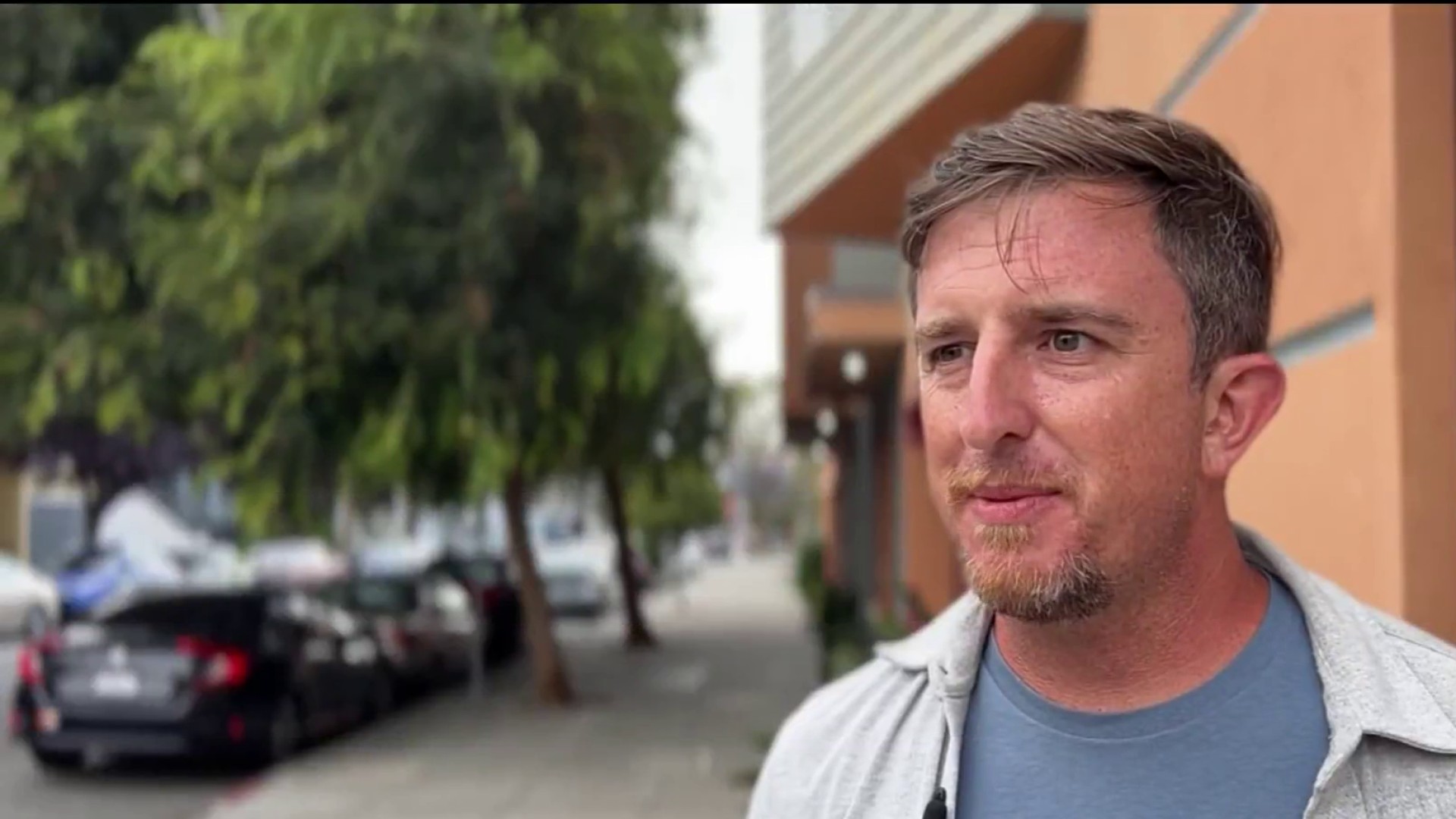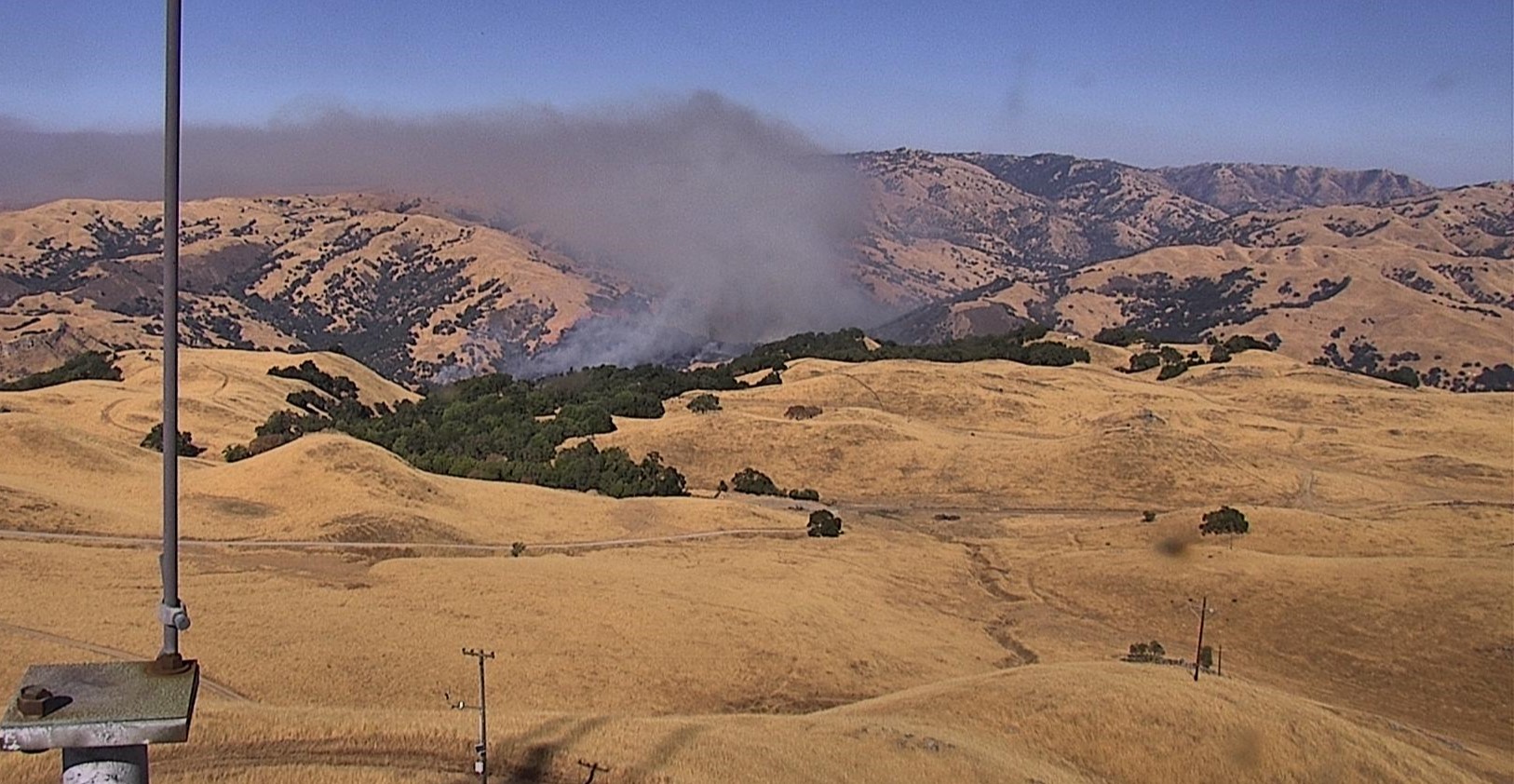Wednesday marks the 112th anniversary of the devastating 1906 earthquake and subsequent inferno that ravaged San Francisco and surrounding areas.
More than 3,000 people are believed to have died and an estimated 28,000 buildings were wiped out as a result of the catastrophic events, according to research. The quake itself, which featured shaking lasting for some 45 to 60 seconds, was said to have been felt from as far away as Los Angeles, southern Oregon and central Nevada, according to the United States Geological Survey.
"The California earthquake of April 18, 1906, ranks as one of the most significant earthquakes of all time," according to the USGS.
San Francisco city leaders and community members on Thursday gathered at 5:12 a.m. at Lotta's Fountain — one of the oldest monuments in the city by the bay and one-time gathering place for earthquake survivors — to remember the lives lost after the temblor struck. The ceremony at Lotta's Fountain took place at 5:12 a.m. to mark the exact time when the earth violently shook more than one century ago.
The group in attendance then ventured to the corner of 20th and Church streets to continue the annual tradition of spray painting the famous "Little Giant" fire hydrant, which is known for helping save the Mission District.
Wednesday's commemoration featured a special touch as organizers dedicated it to late San Francisco Mayor Ed Lee, who died in December.
"I would like to take a special moment to remember our late Mayor Ed Lee who was a friend to so many of us here this morning but also was a stalwart at this event," Acting Mayor Mark Farrell said.
Local
The anniversary of the 1906 quake comes on the heels of USGS revealing research that estimates that hundreds of people could die and thousands would be hurt if a magnitude 7.0 earthquake or stronger were to strike along the Hayward Fault. That fault is more dangerous than the San Andreas Fault because it runs through some of the most heavily populated parts of the Bay Area, from Richmond down to San Jose, the USGS study said.



